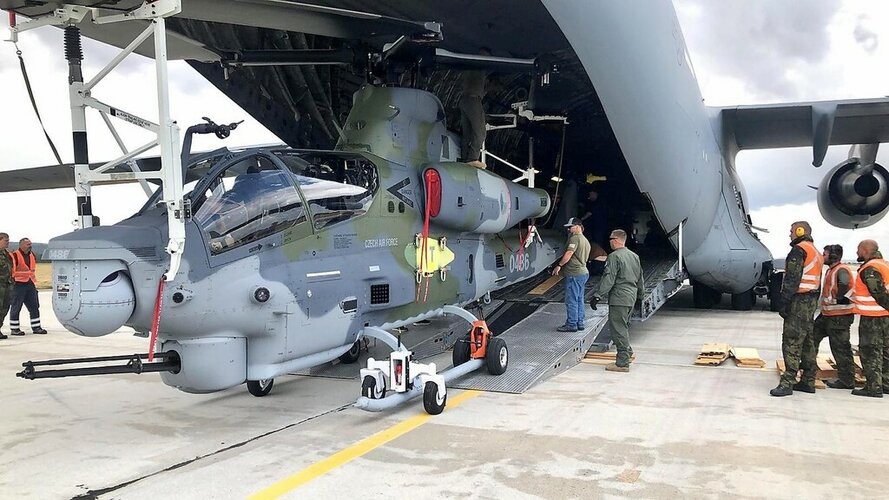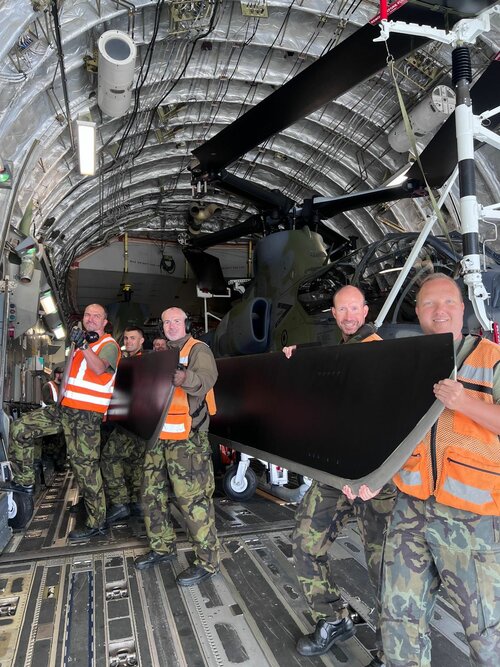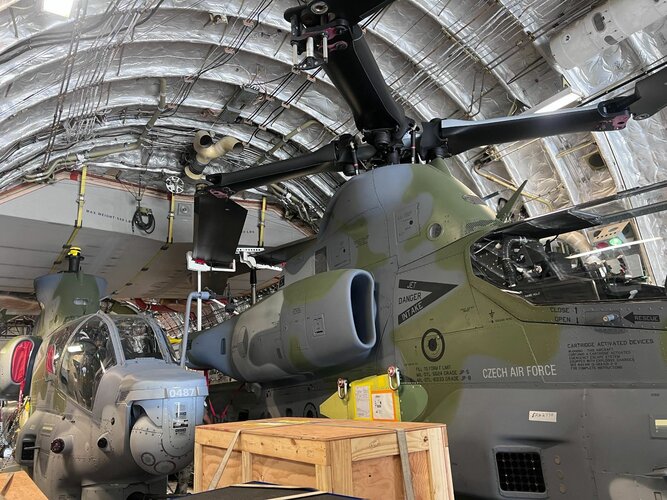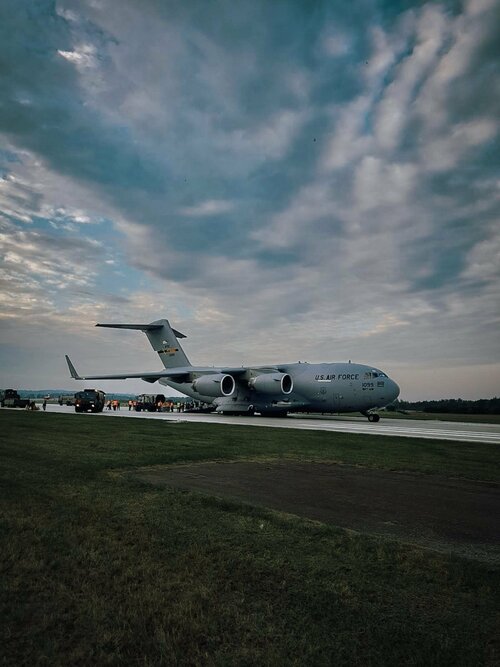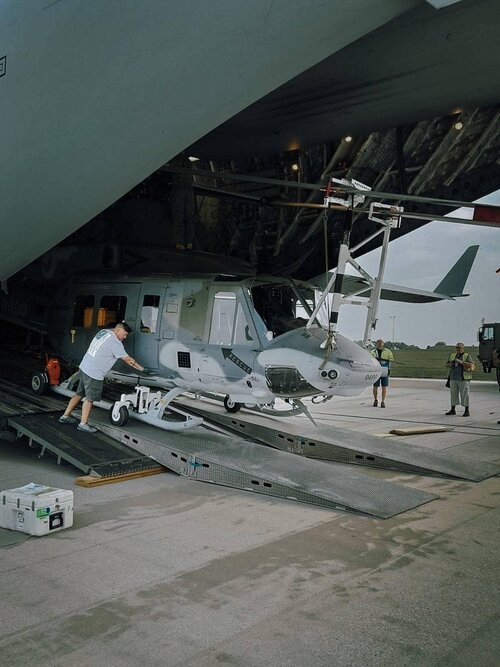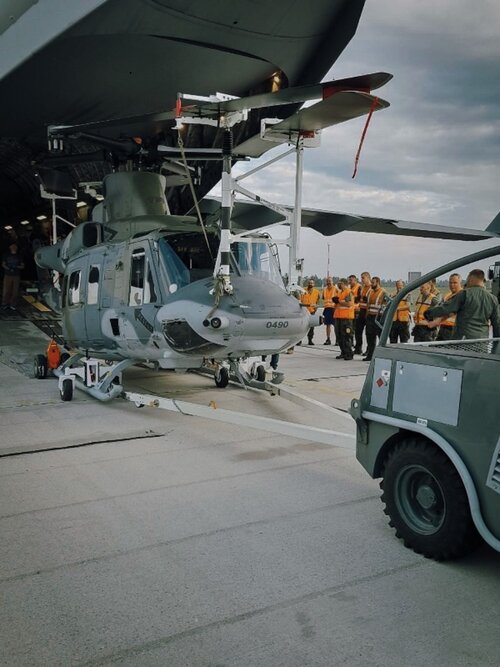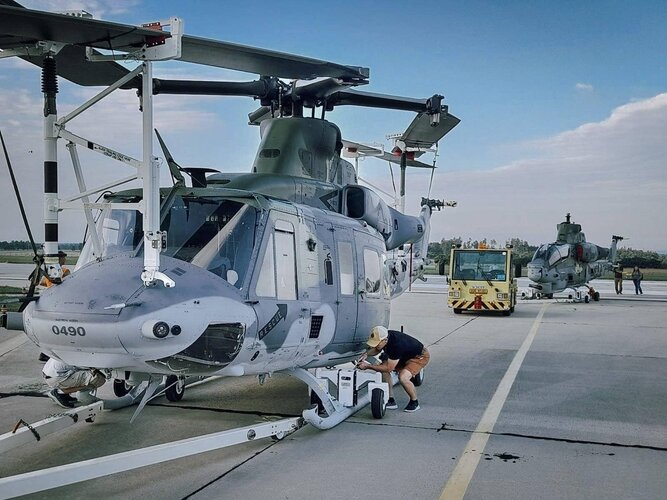- Joined
- 18 October 2006
- Messages
- 4,203
- Reaction score
- 4,889
Where the "F" not refurbished locally? Perhaps the intent is to use the knowledge gained in the F rebuilds to do the work locally on the "Whiskey's" and increase their ability to do that sort of work within the region on any helicopters?Always happy to see my beloved Cobra getting a fresh coat of paint and a new lease on life. I do wonder if the Slovakian AH-1Z will be "new" or refurbished excess stock from the USMC that went into storage.
Good question. Then press releases around that Slovak deal all say "new" so I think they are likely to be straight off the line rather than refurbished. (And probably also not any of the Zs that the Marines are storing.)
About the Bahrain purchase of Whiskey Cobras, they just finished buying a small batch of Zulus and have 20+ AH-1Fs and TAH-1Ps still kicking around as well. I assume the idea is to replace the Fs and Ps with the Ws, presumably updated for some commonality with the Zs but probably not a full rebuild. Because frankly it would be cheaper and likely faster at this point to buy new AH-1Zs than to completely rebuild Whiskeys to the Zulu standard.
Wild guess on my part.


